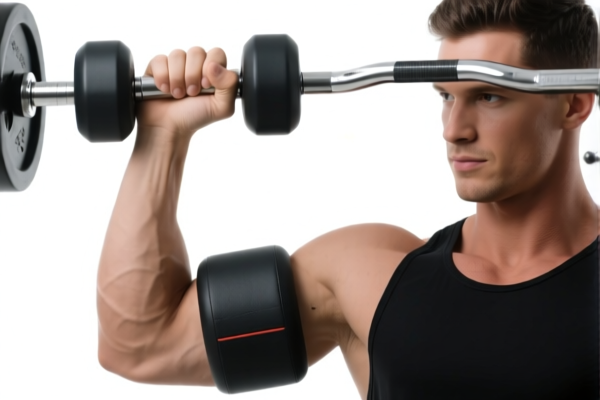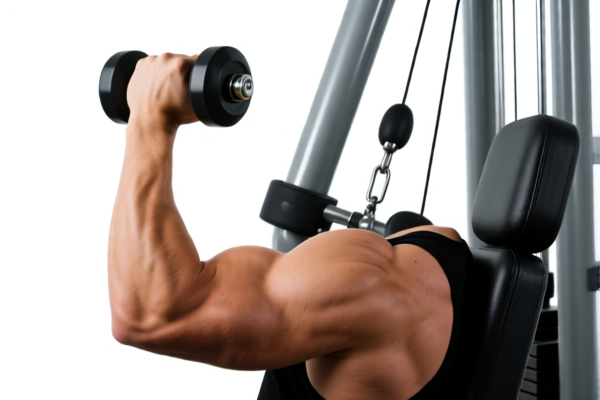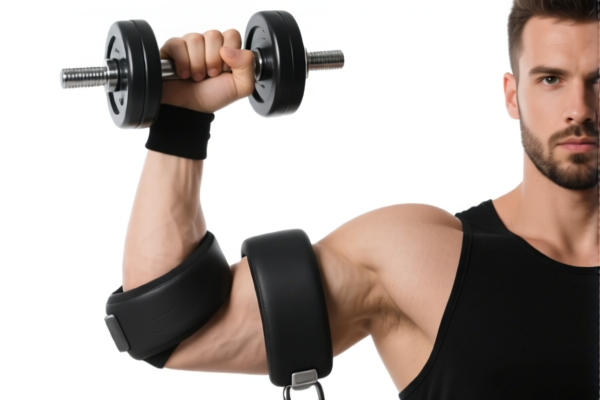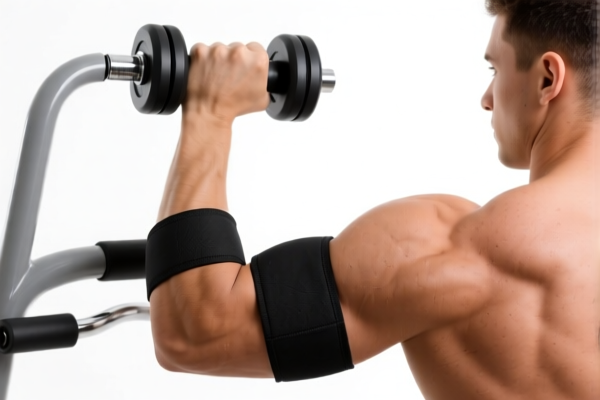| HS Code | Official Doc | Tariff Rate | Origin | Destination | Effective Date |
|---|---|---|---|---|---|
| 9706900060 | Doc | 37.5% | CN | US | 2025-05-12 |
| 9706100060 | Doc | 37.5% | CN | US | 2025-05-12 |
| 9703900000 | Doc | 37.5% | CN | US | 2025-05-12 |
| 9703100000 | Doc | 37.5% | CN | US | 2025-05-12 |
| 3901909000 | Doc | 61.5% | CN | US | 2025-05-12 |
| 3901905501 | Doc | 61.5% | CN | US | 2025-05-12 |




Forearm Trainer
A forearm trainer is a fitness device designed to strengthen the muscles of the forearm, wrist, and hand. These devices typically focus on developing grip strength, rotational power, and overall forearm endurance.
Material
Forearm trainers are commonly constructed from the following materials:
- Steel: Provides durability and allows for higher resistance levels. Often used in the rotating handles and frame.
- Aluminum: Lighter than steel, suitable for portability and faster rotational movements.
- Plastic/Polymer: Used for grips, casings, and adjustable resistance components. Often found in lower-cost models.
- Rubber: Provides a comfortable and secure grip, reducing slippage.
Purpose
The primary purpose of a forearm trainer is to enhance:
- Grip Strength: Essential for activities like weightlifting, rock climbing, and various sports.
- Forearm Muscle Development: Builds size and definition in the muscles responsible for wrist flexion, extension, pronation, and supination.
- Wrist Stability: Strengthens the muscles and tendons surrounding the wrist joint, potentially reducing the risk of injury.
- Rotational Power: Improves the ability to rotate the wrist and forearm, beneficial in sports like tennis, golf, and martial arts.
Function
Forearm trainers function through resistance-based exercises. The core mechanisms include:
- Rotating Handles: The most common type, involving rotating a weighted handle or pair of handles against resistance. This targets forearm muscles through pronation and supination movements.
- Spring Resistance: Utilizes springs to provide adjustable resistance for wrist flexion, extension, and ulnar/radial deviation exercises.
- Pneumatic/Hydraulic Resistance: Employs air or fluid resistance for smooth and consistent resistance throughout the range of motion.
Usage Scenarios
Forearm trainers are used in a variety of contexts:
- Weightlifting/Strength Training: To improve grip strength for exercises like deadlifts, rows, and pull-ups.
- Rock Climbing: To enhance grip endurance and forearm power for holding onto holds.
- Sports: Beneficial for sports requiring strong grip and forearm muscles, such as tennis, golf, baseball, basketball, and martial arts.
- Rehabilitation: Used in physical therapy to recover from wrist and forearm injuries (under professional guidance).
- General Fitness: To improve overall hand and forearm strength for everyday tasks.
Common Types
- Wrist Roller: A simple device consisting of a rotating bar with a weight attached. Focuses on wrist flexion and extension.
- Rotating Grip Strengthener: Features rotating handles with adjustable resistance. The most versatile type, targeting multiple forearm muscles.
- Hand Gripper: While primarily for grip strength, some models also engage forearm muscles.
- Spring-Loaded Wrist Exerciser: Provides resistance for wrist flexion, extension, and side-to-side movements.
- Pneumatic/Hydraulic Forearm Exerciser: Offers smooth and adjustable resistance, often used for rehabilitation.
- Forearm Curlers (Gym Equipment): Larger machines found in gyms that isolate the forearm muscles for controlled curls.
Based on the provided information, identifying the precise HS code for a "forearm trainer" is challenging without further details regarding its material composition and specific function. However, here are potential HS codes based on possible interpretations, along with detailed explanations derived solely from the reference material:
-
9703900000: Original sculptures and statuary, in any material: Other.
- Chapter 97: Works of art, collectors’ pieces and antiques. This chapter covers a broad range of artistic creations.
- Heading 90: Original sculptures and statuary. This specifically refers to three-dimensional artistic works.
- Subheading 9000: Other. This is a residual category for sculptures and statuary not specifically classified elsewhere.
- Note: If the forearm trainer is considered an artistic creation or a collector’s piece, this HS code may be applicable.
-
3901905501: Polymers of ethylene, in primary forms: Other: Other: Ethylene copolymers.
- Chapter 39: Plastics and articles thereof. This chapter covers a wide range of plastic materials and products.
- Heading 90: Polymers of ethylene, in primary forms. This specifically refers to the raw plastic materials.
- Subheading 9055: Other: Other: Ethylene copolymers. This is a more specific classification for copolymers of ethylene.
- Note: If the forearm trainer is made of ethylene copolymers, this HS code may be applicable.
-
3901909000: Polymers of ethylene, in primary forms: Other: Other: Other.
- Chapter 39: Plastics and articles thereof. This chapter covers a wide range of plastic materials and products.
- Heading 90: Polymers of ethylene, in primary forms. This specifically refers to the raw plastic materials.
- Subheading 9090: Other: Other: Other. This is a residual category for polymers of ethylene not specifically classified elsewhere.
- Note: If the forearm trainer is made of polymers of ethylene but doesn't fall under the more specific 9055 classification, this HS code may be applicable.
According to the provided reference material, the HS code options related to 'forearm trainer' are limited, with only the following 3 found.
It is important to determine the exact material composition of the forearm trainer to ensure accurate classification. If the forearm trainer incorporates materials beyond plastics, or if it is considered a work of art, further investigation may be required.
Customer Reviews
No reviews yet.